After 8 years of implementing Conclusion No. 82-KL/TU of the Provincial Party Standing Committee on strengthening the Party's leadership in the work of preserving and promoting cultural heritage values in Thanh Hoa in the period of 2017-2025, a deep consensus has spread from Party committees, authorities to political and social organizations and communities.
All share the same perception: preserving cultural heritage is not only a purely cultural task, but also a long-term, sustainable development strategy, with the stature of shaping identity and arousing the aspirations of each land and each person.
From the provincial level to each district, commune, and village, the thinking about heritage has clearly changed: heritage is no longer viewed as an "old asset" that needs to be protected, but as a valuable resource, the foundation of identity, and the driving force of development.
In that flow, preserving and promoting heritage values is identified as an important, long-term task, closely linked to the cause of traditional education, fostering pride in the homeland, and promoting sustainable economic , cultural and social development.
Students visit the Ho Dynasty Citadel, listening to a guide about the history of the Ho Dynasty. Photo: Provided by the Ho Dynasty Citadel Heritage Conservation Center
The unity of perception and action has created a “comprehensive guiding axis”, helping heritage conservation in Thanh Hoa not fall into a fragmented and formal state, but gradually go into depth. All levels and sectors have built clear strategies, specific roadmaps, and synchronously linked conservation and development.
In particular, the participation of the entire political system and the people with the spirit of "heritage of the people, preserved by the people, served by the people" has created a strong endogenous strength, making the conservation of cultural heritage in Thanh Hoa a lively, pervasive and inspiring journey.
When tourists “encounter” heritage and see themselves in it
One August morning, the Ho Dynasty Citadel relic site (Tay Do commune) was bustling with children's voices. Hundreds of primary school students, in neat uniforms, lined up at the foot of the stone gate, which was once the center of the capital of Dai Ngu in the 14th century.
The children listened attentively as the tour guide told them about King Ho Quy Ly, the art of building stone citadels without mortar, and archaeological secrets never revealed in textbooks. Each look in their eyes lit up, as if history was becoming so close and alive.
In the West, at Lam Kinh (Lam Son commune), amidst the ancient lim forest, moss-covered stone steps lead visitors back to the legend of Le Loi. Lam Kinh festival is always crowded with people, not only to commemorate the ancestors, but also to live in a cultural space imbued with national spirit. Children dance xoè (steam dance), adults carry palanquins, artisans perform sacrificial rituals, and tell historical stories through songs and chants.
In the northern limestone mountains, Con Moong Cave (Thanh Vinh Commune) still lies peacefully in the middle of the green forest. But inside the cave, layers of culture from the Paleolithic, Neolithic to the early Metal Age have awakened awareness of a land where people lived tens of thousands of years ago.
The cave is no longer a cold archaeological site, but is becoming a "living history book", where researchers, students and international visitors come to learn, to feel, to understand.
Thanh Hoa has no shortage of relics. To date, the province has had more than 858 ranked relics, notably the Ho Dynasty Citadel World Cultural Heritage, along with 5 special national relics, 139 national relics and 713 provincial relics.
Lam Kinh Festival – where the golden memories of the Later Le Dynasty are revived
The diversity of types is also a notable highlight: 628 historical, revolutionary, cultural historical relics, 12 archaeological relics, 102 architectural and artistic relics, 42 scenic relics.
Classified by nature and usage, Thanh Hoa's relic system ranges from beliefs to community life: 130 communal houses, 316 temples, shrines, palaces, and communal houses, 82 pagodas, 124 family churches, ancestral temples, and 206 other relics.
But what is valuable is not the quantity, but the approach. In recent years, relics are no longer silent memories, "framed" in ranking documents. They are becoming living spaces, open to the community, "retold" through live, attractive and close cultural experiences.
From 2017 to now, the province has restored and preserved more than 469 relics, implemented 8 detailed plans for key relic sites, organized dozens of provincial festivals, restored ancient rituals, opened school tours, compiled guidebooks, produced documentaries, etc. The relics that were once covered with moss have truly come to light, becoming historical, cultural and educational destinations for the community.
Ba Trieu Temple Festival - a place to pay tribute to the national heroine and foster pride in one's roots
A tourist from Hanoi shared after visiting Ba Trieu Temple: “Nothing creates stronger emotions than standing in the place where our ancestors once walked. Each stone, each roof, each dance contains great stories.”
Heritage tourism – the journey from conservation to development
Instead of just passively “preserving”, Thanh Hoa has chosen to activate heritage values by bringing them into the community’s life through tourism, education, communication, and cultural economy. This is an important shift: from preservation to development, from forgotten relics to destinations with sustainable vitality.
In the period of 2017-2025, a series of projects were implemented synchronously by the province, with depth and high feasibility: "Exploiting and developing tourism at the World Cultural Heritage of Ho Dynasty Citadel"; "Developing key tourism products associated with cultural heritage"; "Organizing cultural and historical festivals at key relic sites"; "Digitizing relics and designing smart tours"; "Developing a system of heritage tour guides at destinations"...
What is special is that the heritage is not only “told” through explanations or information boards, but is “presented” through real-life experiences: visitors can make banh khao, brew rice wine, sew brocade, try xoe dance, play the flute… right in the relic space.
The province also focuses on developing infrastructure to serve heritage tourism: renovating the road system, walkways; building exhibition houses, reception centers, parking lots, multilingual signs; equipping artistic lighting equipment, smart explanation systems using QR codes... The heritage has been "modernized" but still retains its original spirit.
Con Moong Cave – where traces of prehistoric people are preserved, opening a journey to the origin of humanity
Over the past 8 years, the Party committees, authorities and functional agencies of Thanh Hoa province have paid special attention to allocating resources for the work of preserving and promoting the value of cultural heritage.
The total implementation cost is up to thousands of billions of VND from many sources: the provincial budget has allocated 358.9 billion VND from the cultural career fund to restore, embellish and prevent degradation of 177 relics; the Central Government supported 340.7 billion VND to restore and renovate 13 important relics; the district and commune budgets also actively contributed 365.3 billion VND (of which the district level is 311.3 billion VND, the commune level is 54 billion VND).
Notably, the locality also mobilized 1,160.6 billion VND from socialized sources - demonstrating the spirit of responsible cooperation of businesses, communities, clans, social organizations...
All are aiming for a common goal: to preserve the precious cultural values of our ancestors with the spirit of "heritage of the people, for the people, by the people".
The media is also an “extended arm” for heritage to spread. More than 6,000 news articles, 540 reports, hundreds of documentaries, e-magazines, and photo specials have been produced on the topic of heritage. The columns “Land and People of Thanh Hoa” and “Cultural Heritage” have become highlights in local newspapers. Social networks, YouTube, Tiktok, etc. have also become effective promotional channels, bringing images of relics, festivals, and folk culture of Thanh Hoa closer to young people.
In addition, the province pays special attention to developing human resources associated with heritage: from relic management staff, folk artists, tour guides, to cultural collaborators at the grassroots level. Dozens of training courses, seminars, and workshops are organized every year. Many artisans have been awarded titles, supported in teaching, and recognized for their contributions.
“Before, I was only a tour guide. Now I am a heritage guide. I not only show the way, but also tell stories about my ancestors,” a young tour guide in Lam Kinh shared with pride.
Heritage is not something dead, nor should it be something kept in a glass cabinet. Heritage is only truly alive when it becomes a part of life, loved, preserved and interacted with by people every day.
Thanh Hoa is doing this not through short-term campaigns, but through long-term strategies, persistent investment and cherishing memories. There, each ancient stone, each communal house roof, each folk festival is not just an artifact but a living witness, a “storyteller” of a land rich in tradition.
When every step of a tourist is a revival, every ancient brick, every folk song... will forever know how to tell the story of Vietnamese culture in its own way.
Heritage does not sleep in the past. Heritage is alive and guides the future.
Source: https://baovanhoa.vn/van-hoa/bai-cuoi-thuc-day-nhung-mien-ky-uc-khi-di-san-tro-thanh-diem-den-159089.html


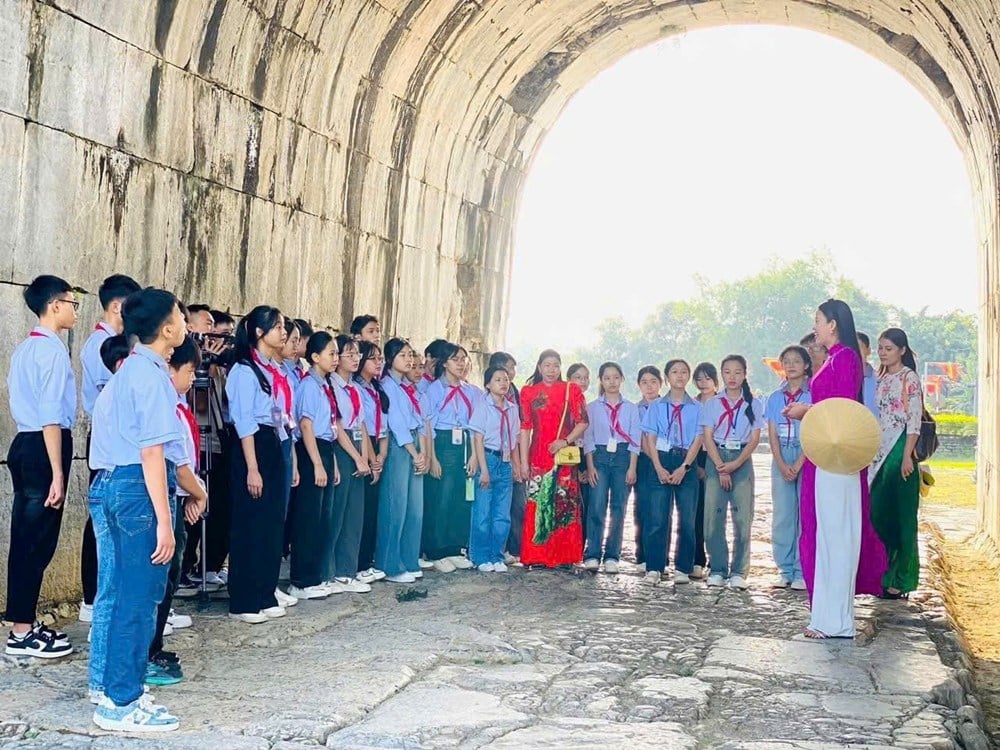
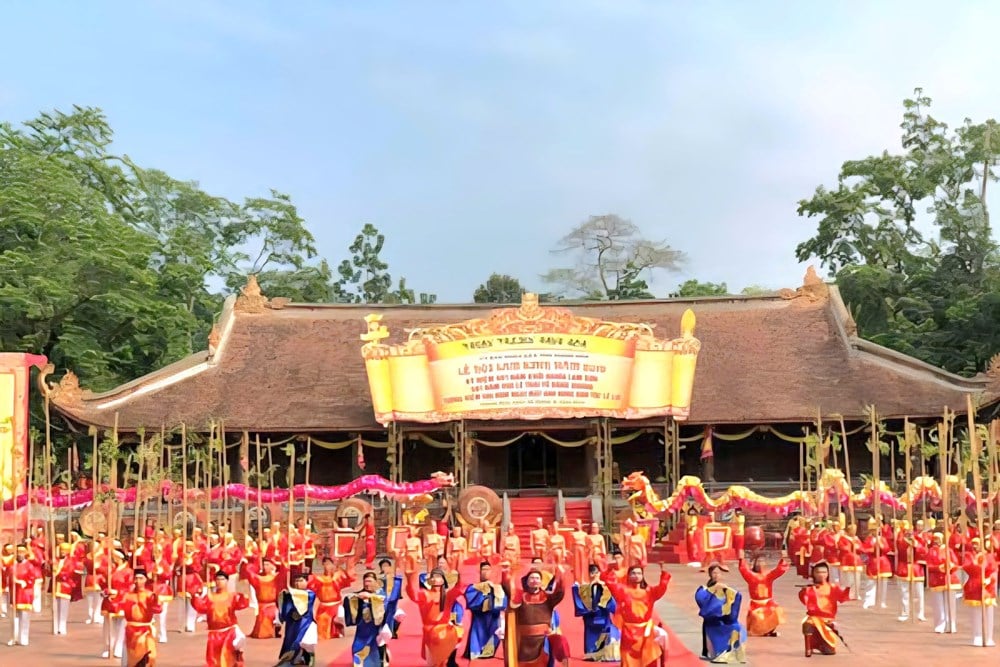
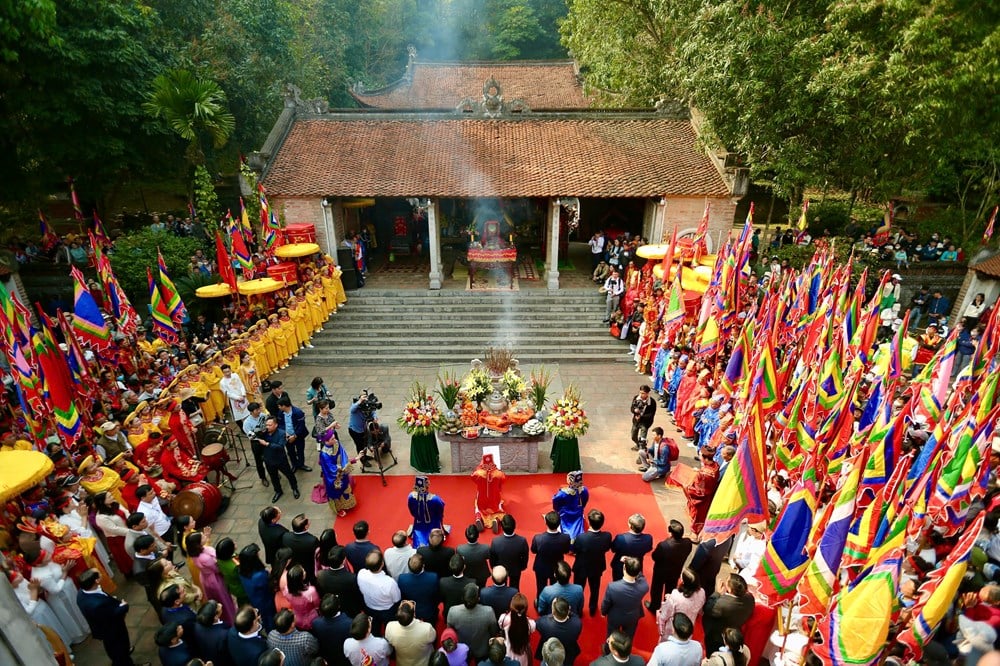
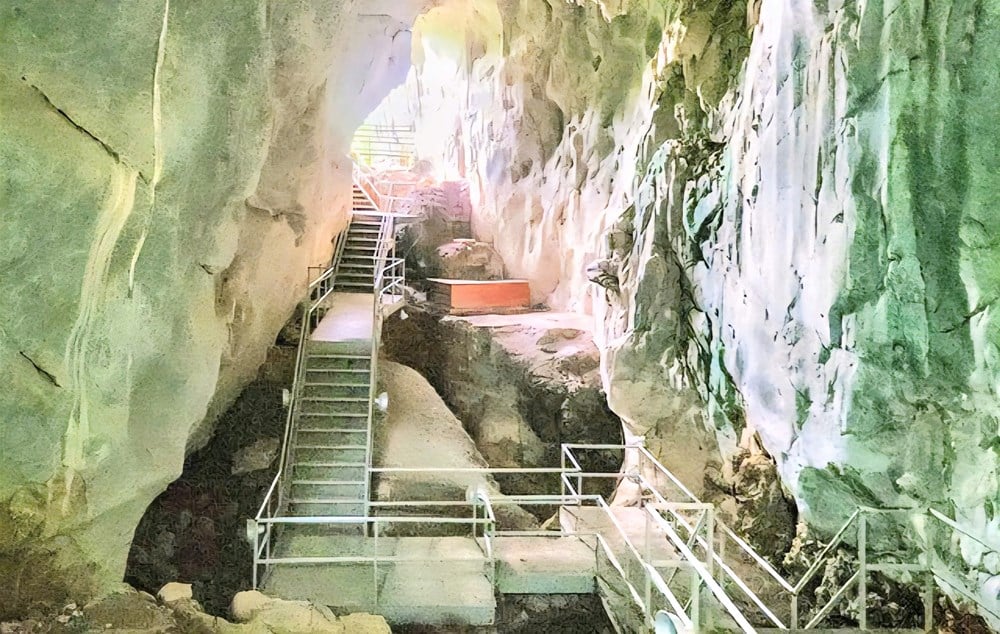

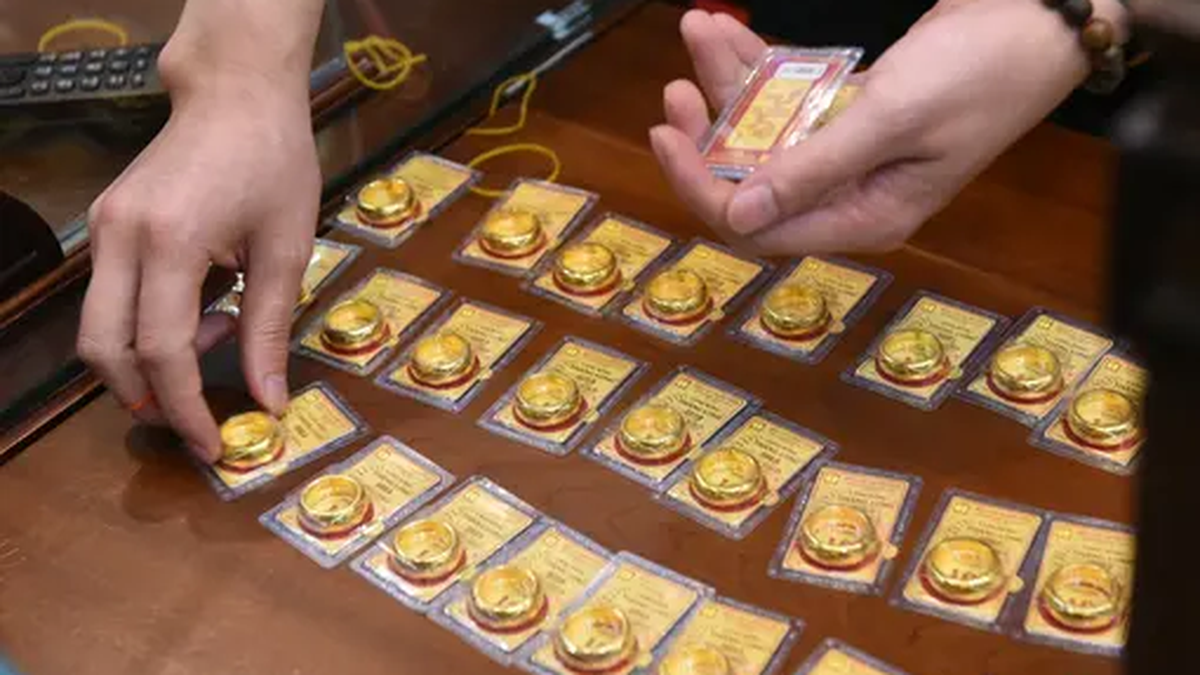
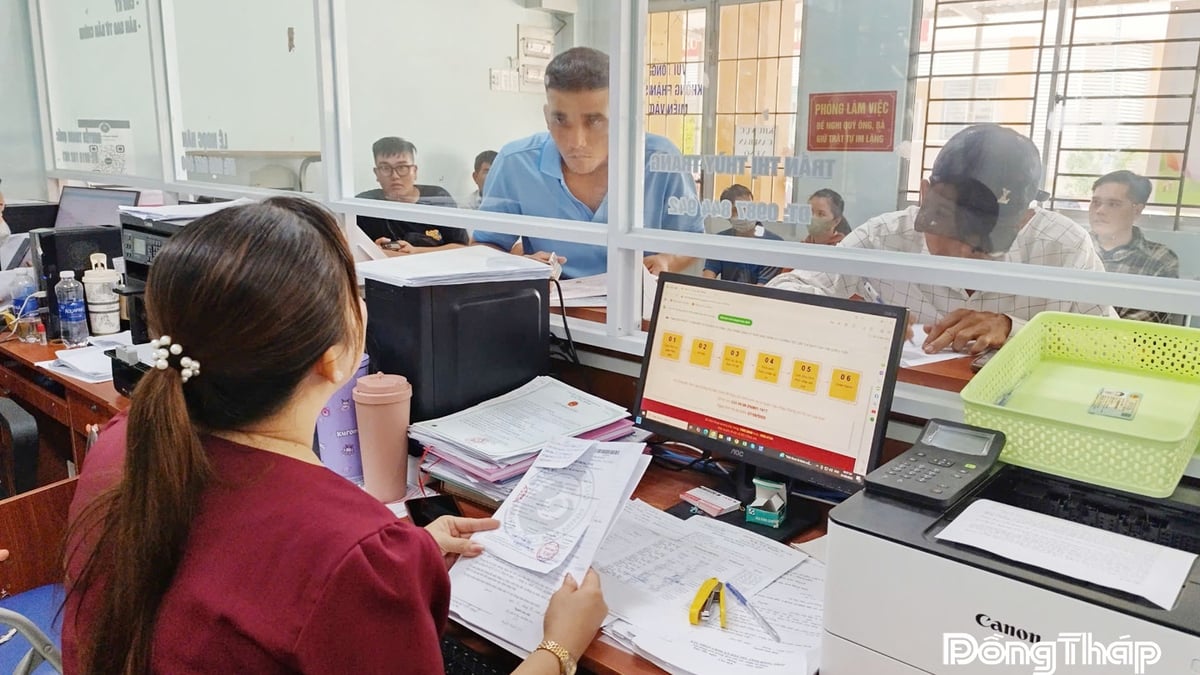
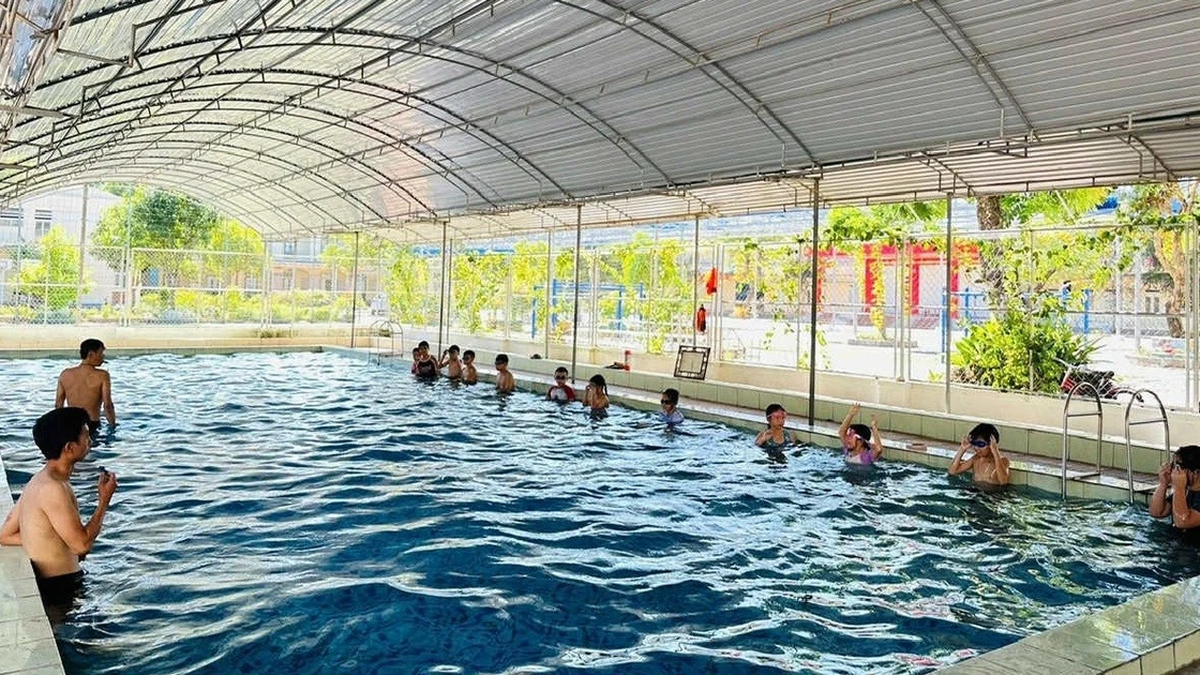

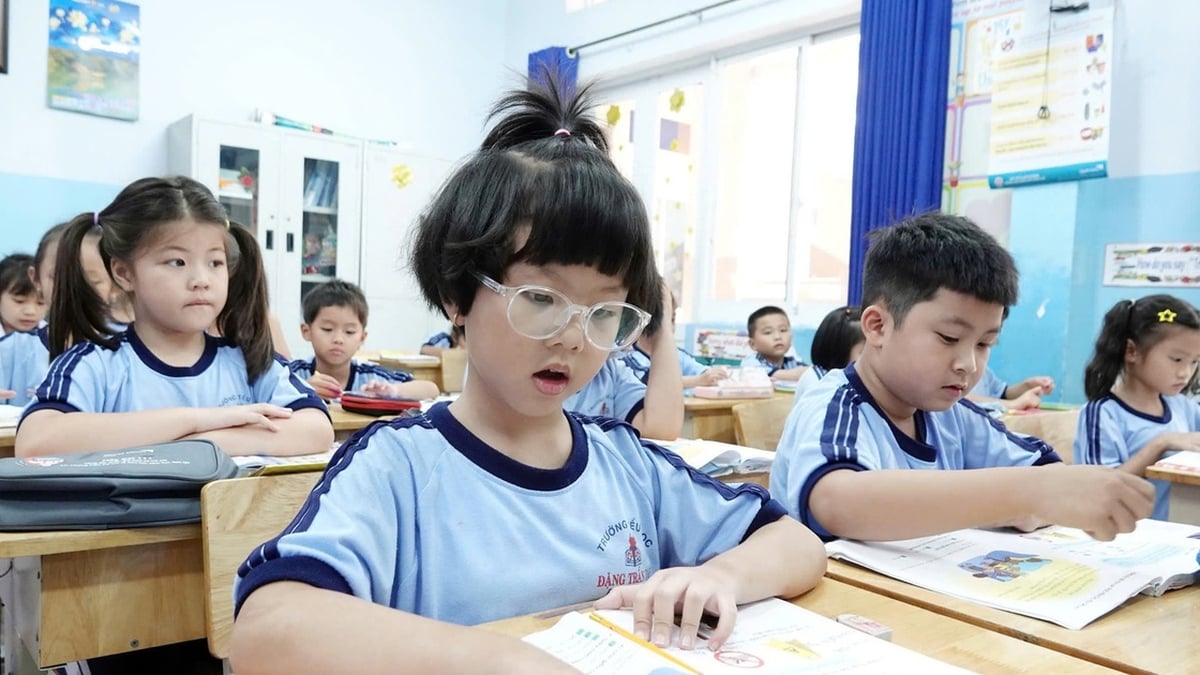
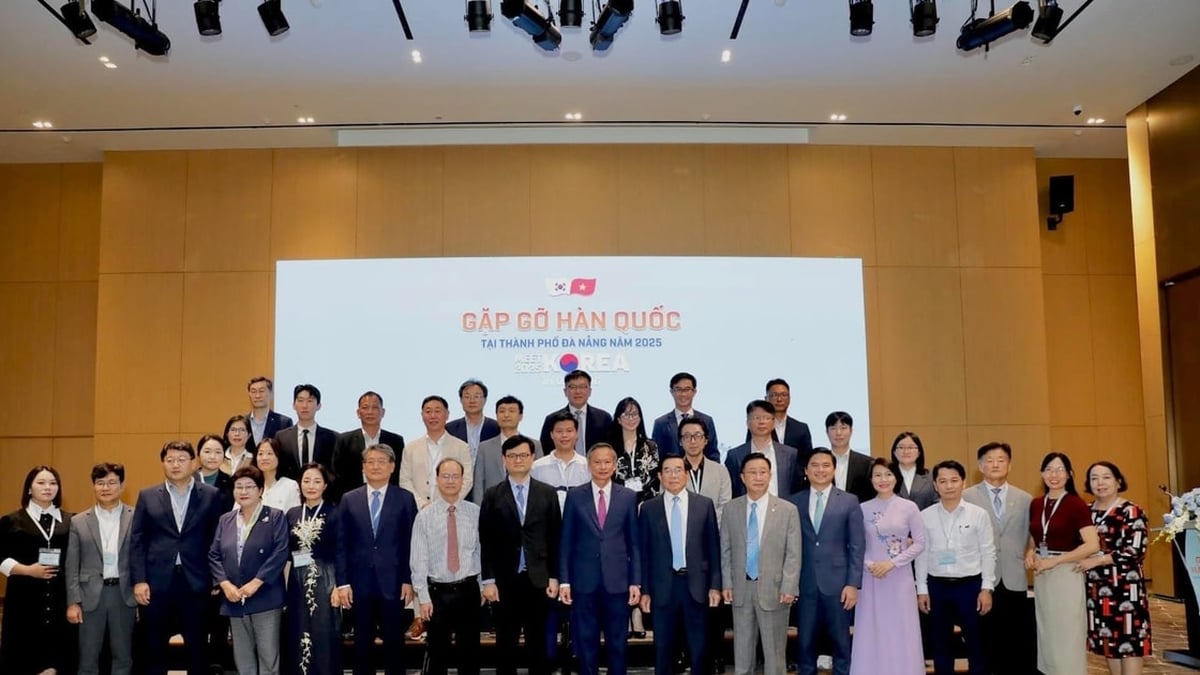
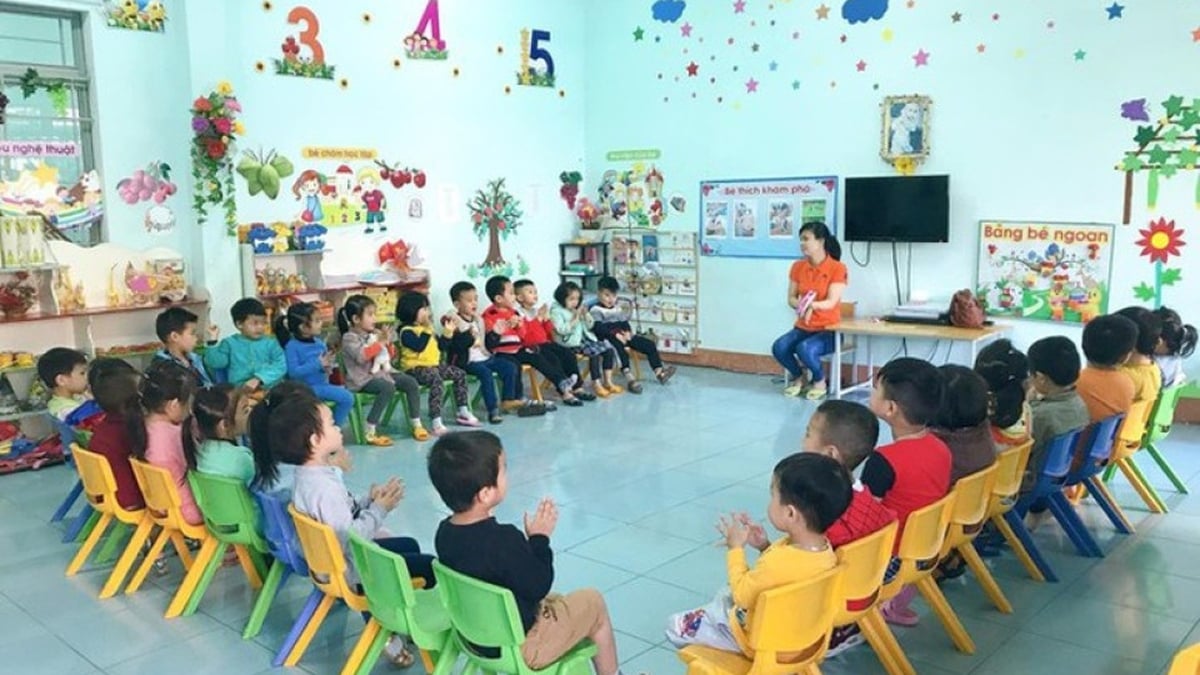
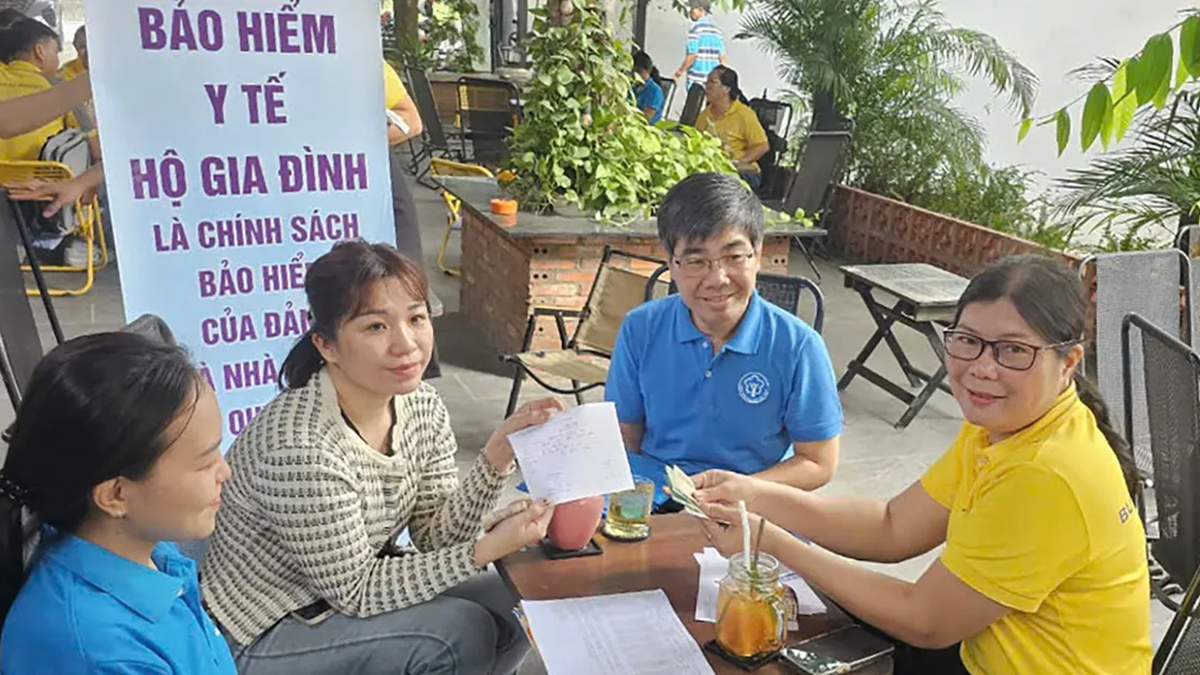











![[Photo] Nghe An: Provincial Road 543D seriously eroded due to floods](https://vphoto.vietnam.vn/thumb/1200x675/vietnam/resource/IMAGE/2025/8/5/5759d3837c26428799f6d929fa274493)
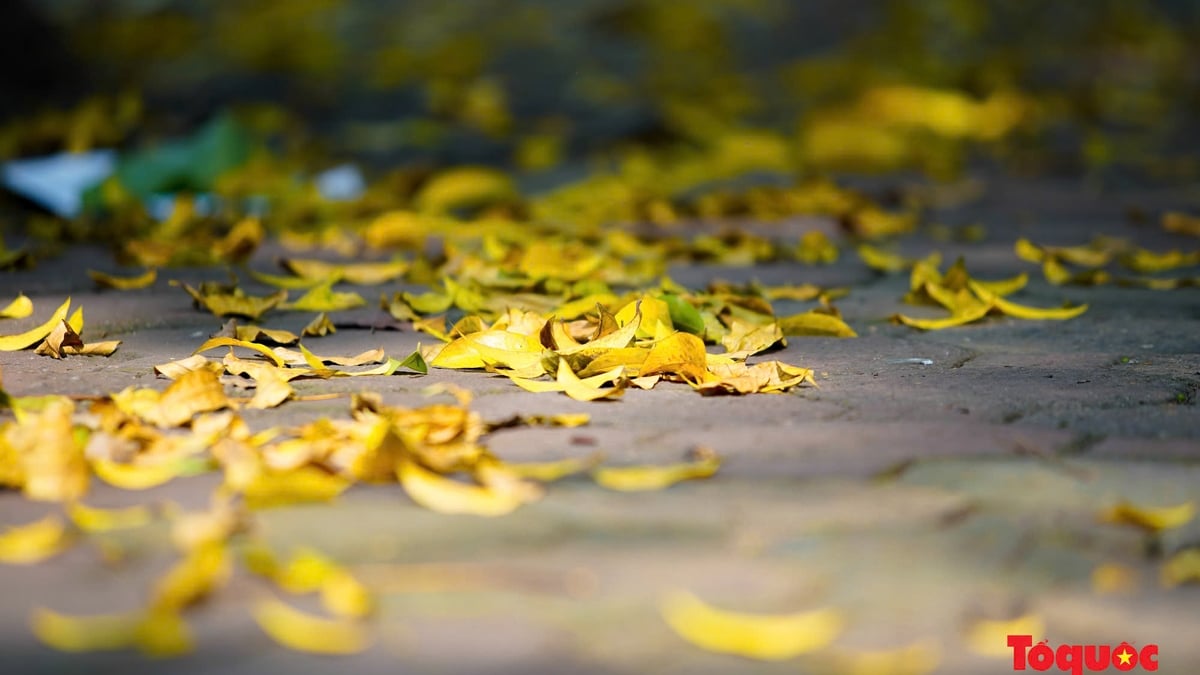



![[Photo] Discover the "wonder" under the sea of Gia Lai](https://vphoto.vietnam.vn/thumb/1200x675/vietnam/resource/IMAGE/2025/8/6/befd4a58bb1245419e86ebe353525f97)


























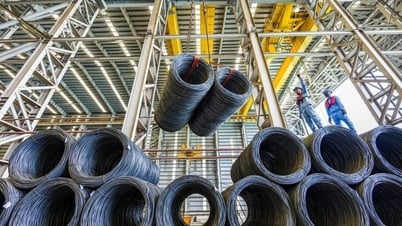


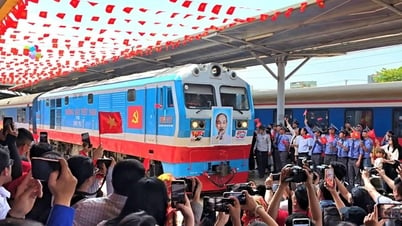




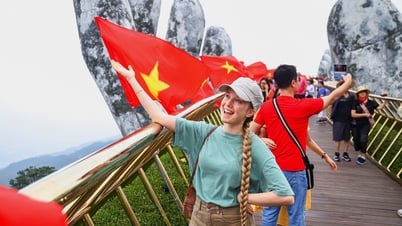
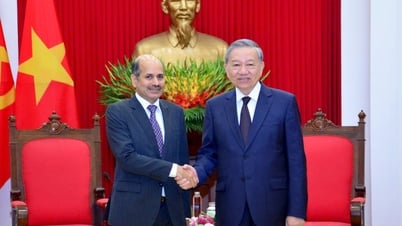

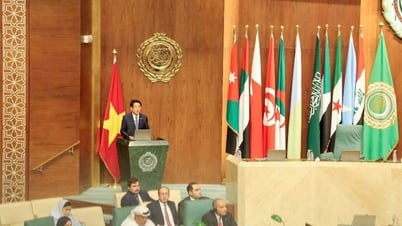


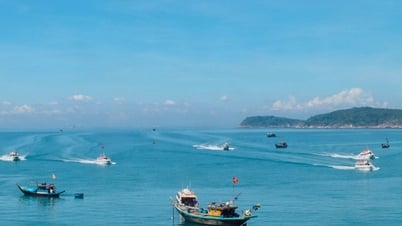
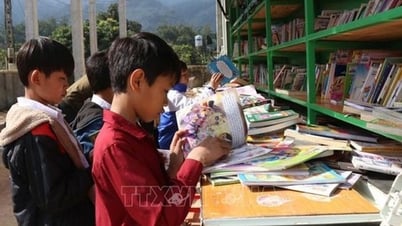
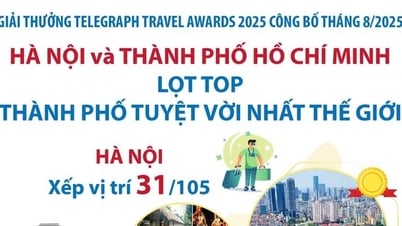
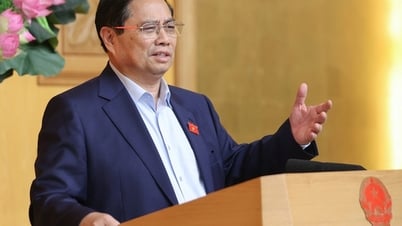
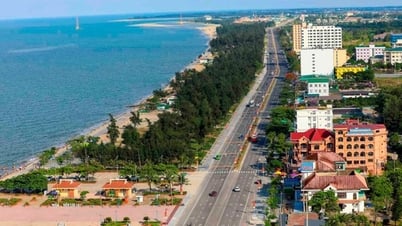
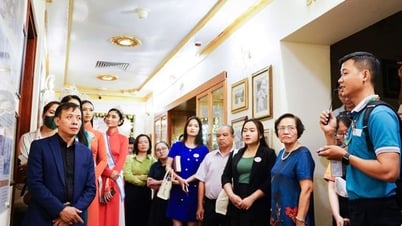


















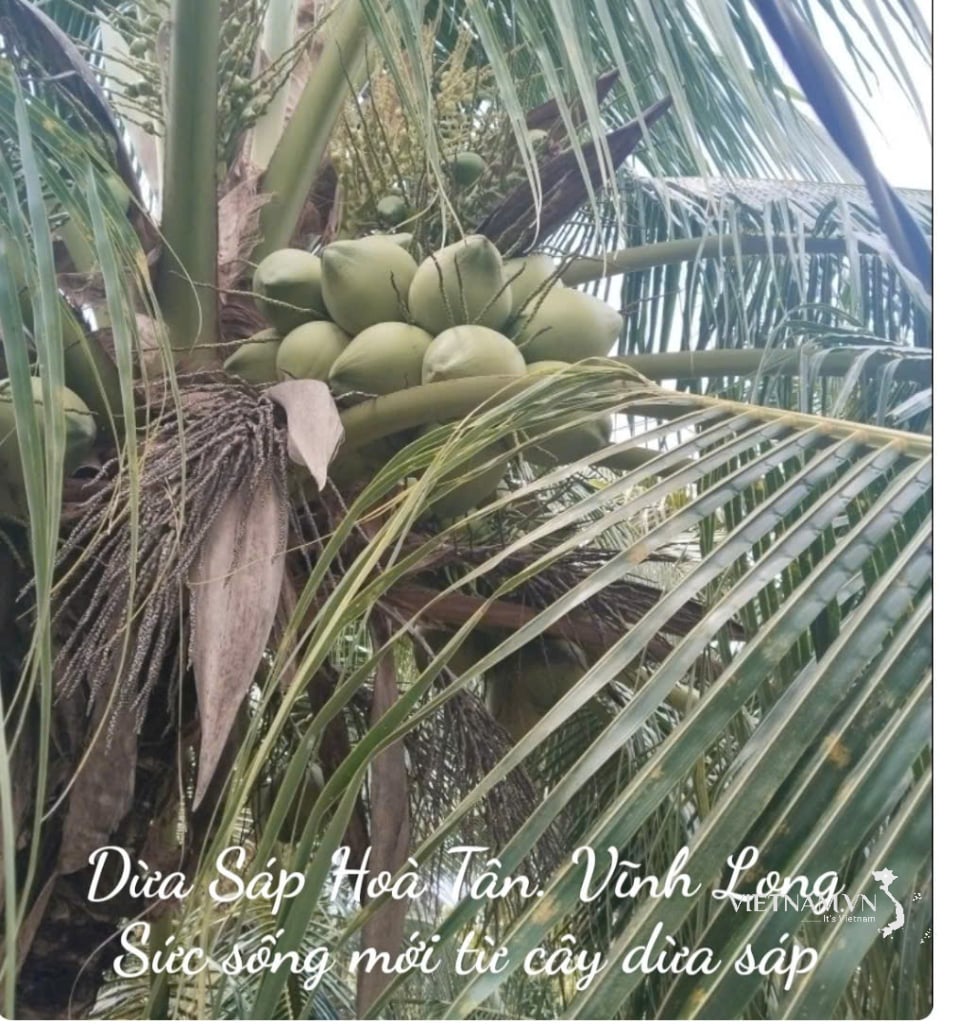
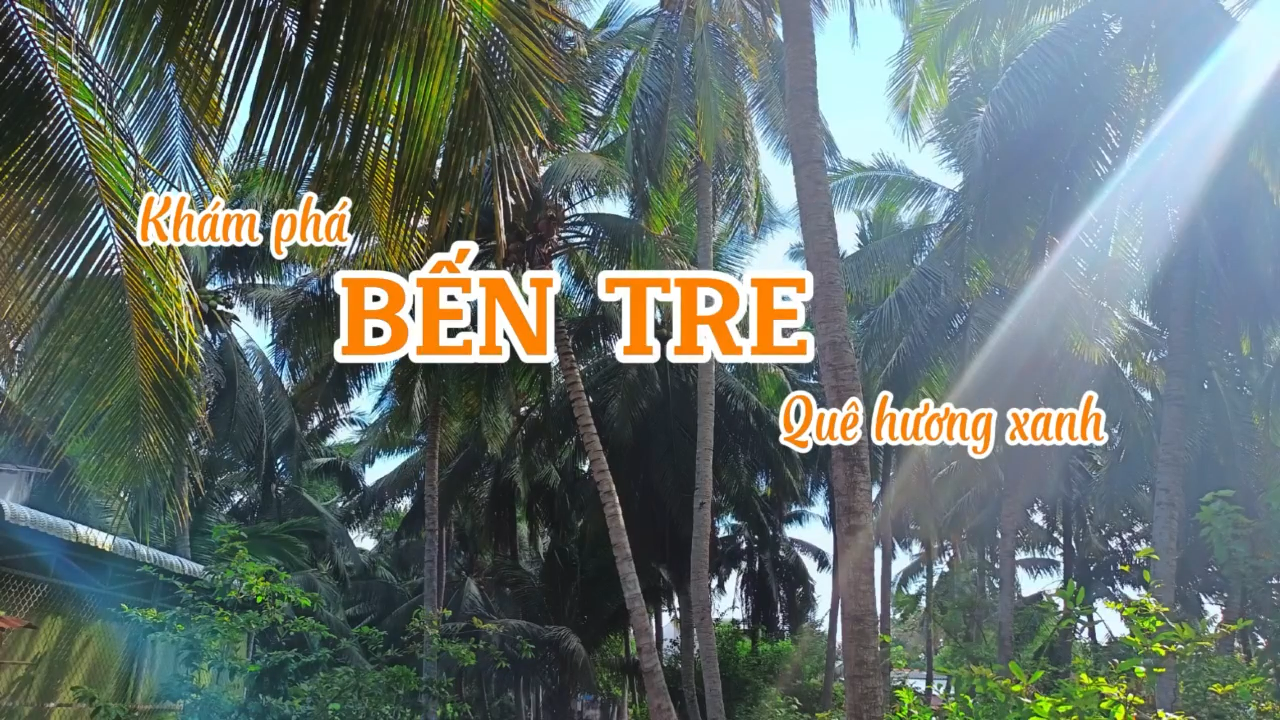

Comment (0)